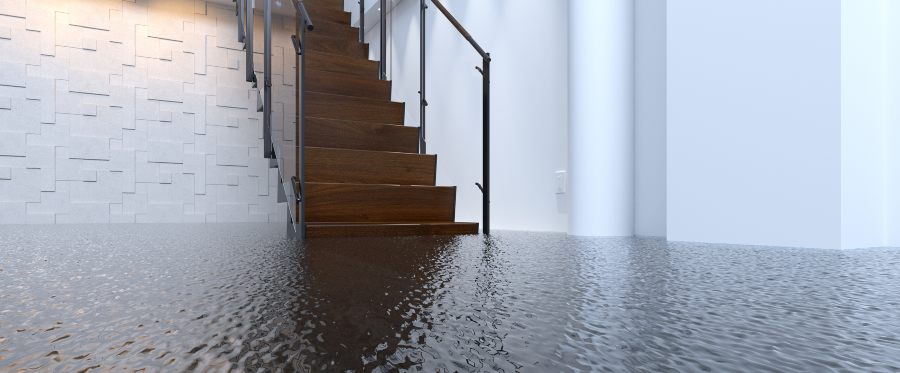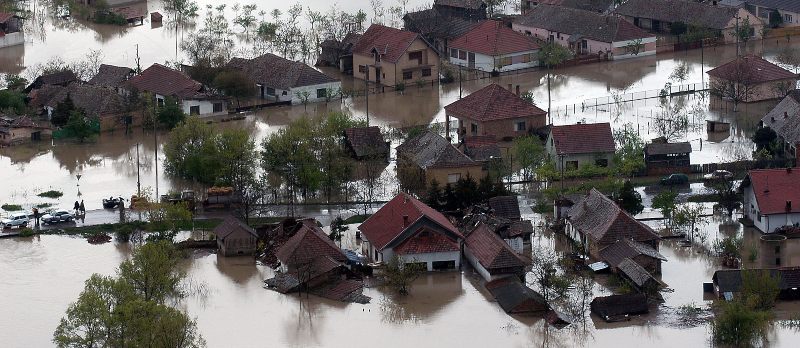Flood Damage Cleanup

The Dangers Of Flood Water
Unsalvageable Flood Damaged Items
- Carpets & Rugs
- Mattresses
- Upholstery & Furniture
- Vinyl Floor
Salvageable Flood Damaged Items
- Glass Items
- Porcelain Items
- Plastic Items
- Concrete
Flood Safety Tips

Prior To A Flood
During A Flood
After A Flood
Flood Damage Restoration Tips
If the cause of your flooding problems are due to a plumbing malfunction or other internal cause, you have the ability to help mitigate the situation until First Response Service arrives. In cases where the water source is obvious, shut it off before attempting any other flood damage restoration tips. You’ll then want to do your best for water extraction efforts until the professionals are on-site. Be sure that all areas of your skin are covered when dealing with flood water.
The most pivotal flood damage restoration tip we can offer is to secure the help of a flood cleanup company such as FRS GA. We offer 24/7 response to minimize damages and expenses.
Flood Cleanup Supply List
Because of the contaminants in flood water, you’ll need to take extra precautions for flood damage restoration. While you’re waiting for assistance to arrive, grab a few trusted supplies to keep the damage in check:
- Respirator mask
- Gloves
- Boots
- Towels/Rags
- Mops
- Buckets
Flood Damage Cleanup & Repair Process
Once our team arrives on-site, they will conduct an initial inspection of the damages at hand. During this process, the team will also identify the type of water that has entered the property; in most cases, floods caused by storm damage is black water. During this inspection, our team of IICRC certified technicians will identify and mold that has begun to grow due to the damages.
After the initial inspection is complete, we will quickly begin the water removal process. To extract the floodwater, we will use specialized pumps to extract most of the excess water, they will use the industry’s best water extraction vacuums to remove the remaining traces of water.
Next, the team will begin removing all contaminated items from the property, separating the unsalvageable from the salvageable items. All unsalvageable items will be properly disposed of, and the salvageable items will be taken to an off-site facility for cleaning and decontamination.
Once the water and contaminated contents are removed from the property, the team will begin drying all affected areas. This is the most important step in the flood damage cleanup process because it will significantly reduce the risk of secondary damages, like mold growth. To dry the structure, the team will place industrial air movers around the affected areas, along with dehumidifiers. The combination will expel warm, dry air onto the affected areas. This process may take days to weeks to complete, depending on the scope of the damages.
Next, the team will treat all affected areas with an antimicrobial and an antibacterial solution. This process will ensure all contaminants are removed from the affected areas and will prevent the risk of future health problems. After the affected areas are treated, the team will double-check and test the areas to ensure all bacteria and microbes have been removed. This step is crucial and will ensure the property is clean and completely disinfected.
Once all of the previous steps have been completed and double-checked, we will move onto the repairs and reconstruction process. During this step, we will replace and items that were previously removed, like carpet, drywall, insulation, baseboards, etc. We strive to restore your home back to the safe place it was prior to the flood damages.
Flood Damage Insurance
In the aftermath of a flooding event, you’ll undoubtedly have plenty of questions about dealing with your insurance company. If you live in a flood zone or happen to have flood damage coverage on your policy, you will be in great shape for flood damage cleanup and flood damage restoration.
Because flooding is a natural disaster event in many instances, it is usually a covered type of water damage. To be sure, you should contact your insurance representative to verify coverage, regulations, and stipulations.
